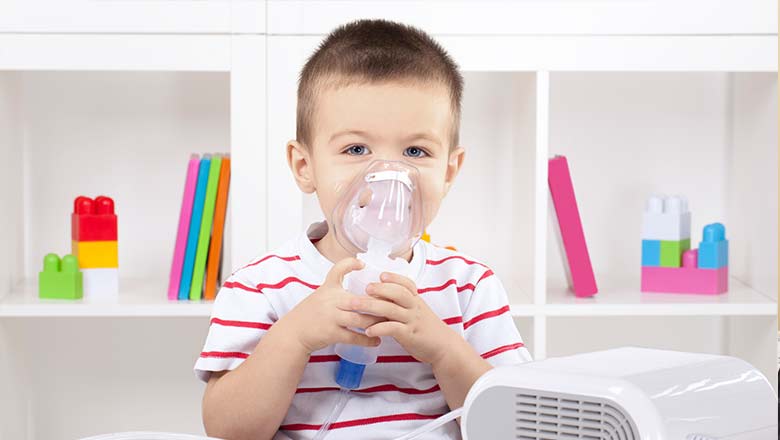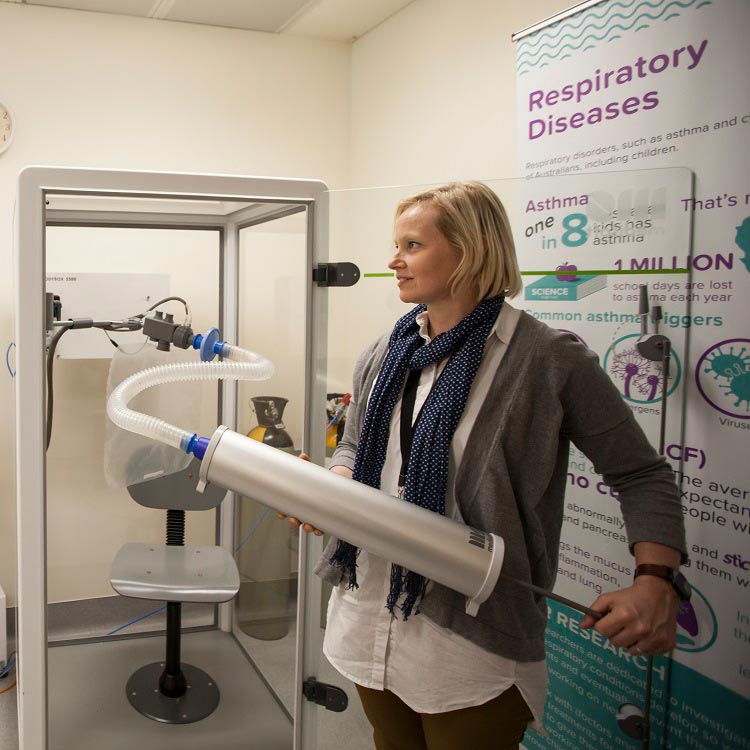Search
Research
Regulatory role of IL10 genetic variations in determining allergen-induced TH2 cytokine responses in childrenInterleukin-10 is a key immunomodulatory cytokine the principal function of which is to limit the magnitude of immune response.
Research
Do early-life viral infections cause asthma?Epidemiologic associations between viral lower respiratory infections (LRIs) and asthma in later childhood are well known
Research
UV exposure and protection against allergic airways diseaseAsthma is a chronic inflammatory disease of the small and large conducting airway mucosa characterised by Th2 cell immunity.
Research
Toward improved prediction of risk for atopy and asthma among preschoolers: A prospective cohort studyAtopy and asthma are commonly initiated during early life, and there is increasing interest in the development of preventive treatments for at-risk children.
Research
Providing feedback on adherence increases use of preventive medication by asthmatic childrenThis study investigates the impact of measuring adherence and providing feedback on medication usage by children with unstable asthma.
Research
Toll-like receptor 2 ligands inhibit Th2 responses to mite allergenThere is intense interest in the interaction between microbial compounds and allergy.

Research
Finding the cellular explanation for recurrent asthma exacerbationsThis study is designed to identify the specific unique immune cell response that occurs in these children with recurrent disease.

News & Events
Very preterm babies at risk of declining lung function throughout childhoodA The Kids Research Institute Australia study published in The Lancet Child & Adolescent Health has found that survivors of very preterm birth face declining lung function
News & Events
Childhood asthma targeted in new researchNew research aimed at reducing the airway damage caused by asthma attacks in children has just begun at The Kids for Child Health Research in WA.

News & Events
Perth researchers test stress link to asthmaScientists at The Kids for Child Health Research have launched an innovative project to test the relationship between stress and asthma.
